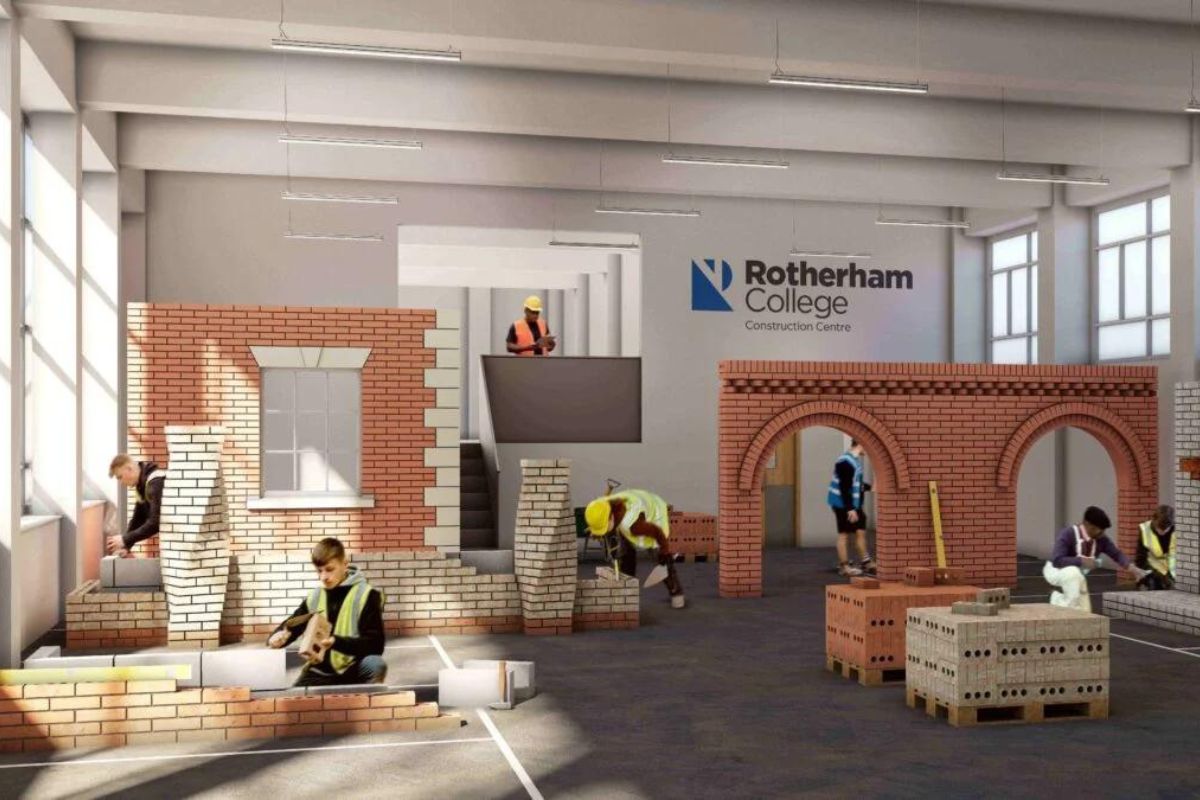Beyond the gadgets: Why EdTech procurement needs revisiting as we return to face-to-face learning

The #EdTech industry is booming. While the coronavirus pandemic has supercharged the use of digital technology in universities and FE colleges, educators were reaping the rewards of technology investment long before lockdown. Today, the UK alone is home to more than 1,200 edtech companies, and it is estimated that educators spend £900 million on digital tools annually.
But while technology is front and centre of educators’ minds, we know there remains a fundamental need for guidance. As we all transition back to classroom-based learning, some institutions still need help to understand edtech’s role in the classroom… beyond its ability to reimagine them online.
Firstly, it’s important to remember edtech is not a substitute for the work done by teachers. Quite the opposite.
At Instructure, we’d urge a move away from talk of tablets and laptops, the focus of many tech strategies, to understanding that hardware is just one piece of a rich tech ecosystem which supports teachers in a less overt manner. For us, technology doesn’t mean iPads. Technology means systems that can help scaffold teaching and learning in a way which is scarcely noticed by those using it. From interactive video and virtual learning systems to data-capture and analysis tools, these tools will improve the learning experience in a lasting way, which will far outweigh the value in well-intentioned but ill-thought through hardware provision.
Which is all well and good.
But how does an institution actually manage to implement a procurement process which allows them to establish such educationally enriching tools?
Importantly, we know that a tech-first approach to procurement won’t get results. Colleges and universities need to start by identifying what they want to achieve, and then decide what tools will help—not the other way round (“What tech do we get, and what will it do for us?”).
Beyond objective-setting, there’s little advice out there on how to choose the right technology. And, admittedly, procurement is not a topic renowned for inspiring passionate debate. Excluding finance teams, most of us have little idea how our institution goes about buying essential goods and services, and when it comes to purchases where wider involvement is necessary, the process can be muddled, inefficient and even frightening.
Which is why we believe that the key to successful technology use is in the way colleges and universities approach the purchasing process. The “top down” approach – where tech is selected by governors or managers and not by the staff who will be using the equipment or programmes – needs to be left behind in a pre-pandemic world. In its place, a more democratic approach to procurement is required to ensure adoption. The most successful tech projects call students, teachers, lecturers, IT staff and managers to evaluate providers and help pick the final product.
For many, the Covid-19 pandemic has offered educators an opportunity to re-evaluate how education is provided for the long-term. Now that we’re returning to the classroom, many are taking the best of remote learning (such as allowing students to learn on their own terms and their own pace, and the opportunity to overcome accessibility issues with assistive technologies) and blending it with the most valuable face-to-face elements (like the positive behavioural interactions and learnings which are generated from working in a group).
For those who are reluctant to bring what they see as ‘pandemic-tech’ back to the classroom with them, meaningful guidance is required to ensure that they do not miss out on the overwhelmingly positive impact that properly procured edtech can bring to their institution.
Jonathan Perry, Manager of Client Services, EMEA, Instructure












Responses